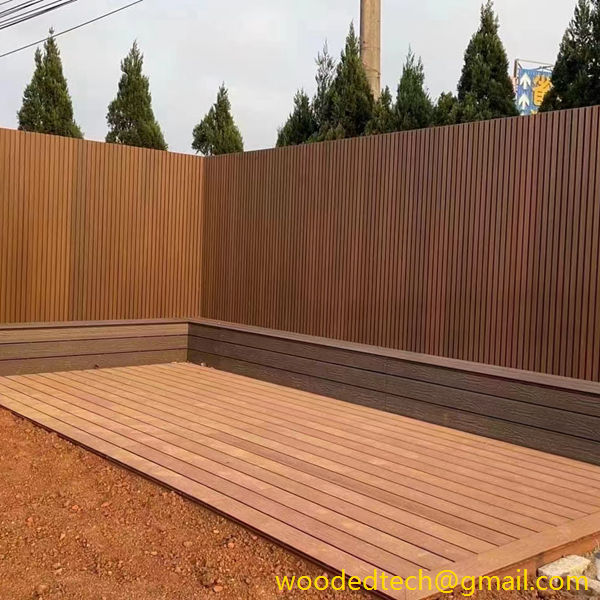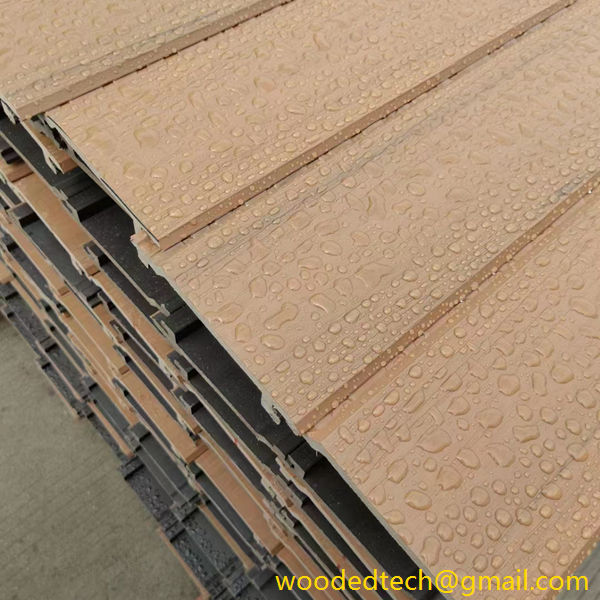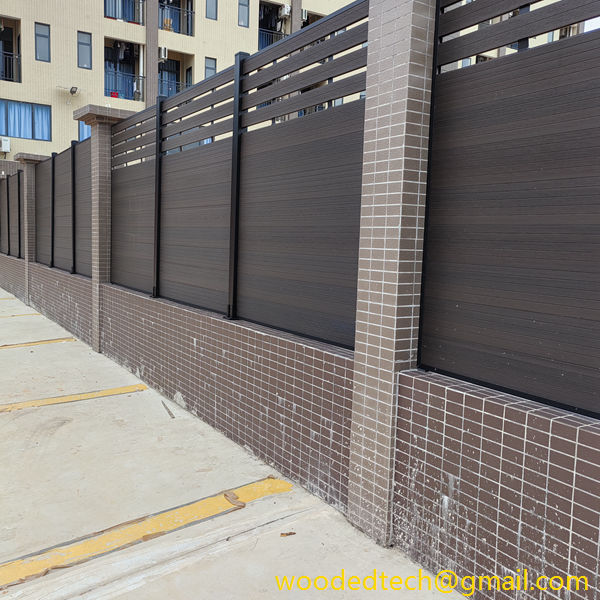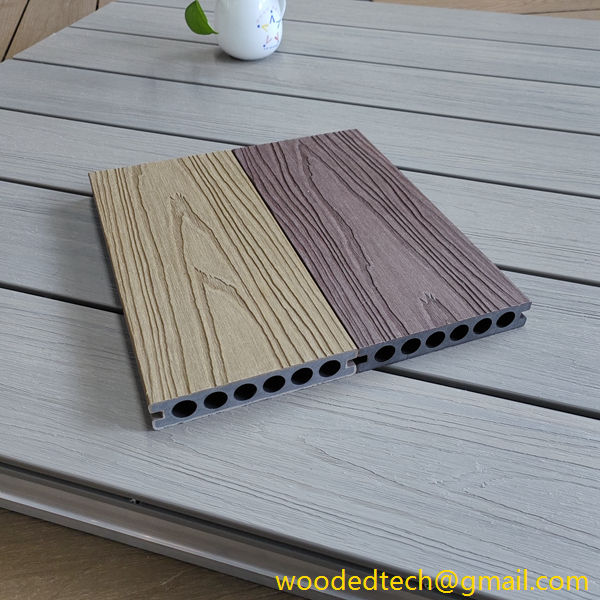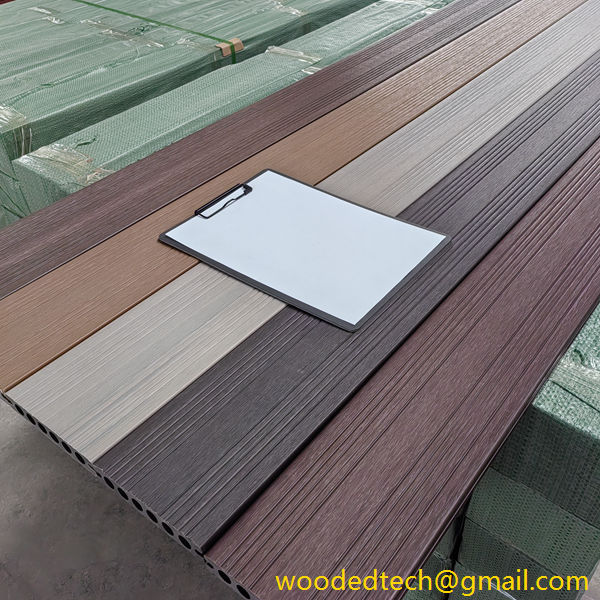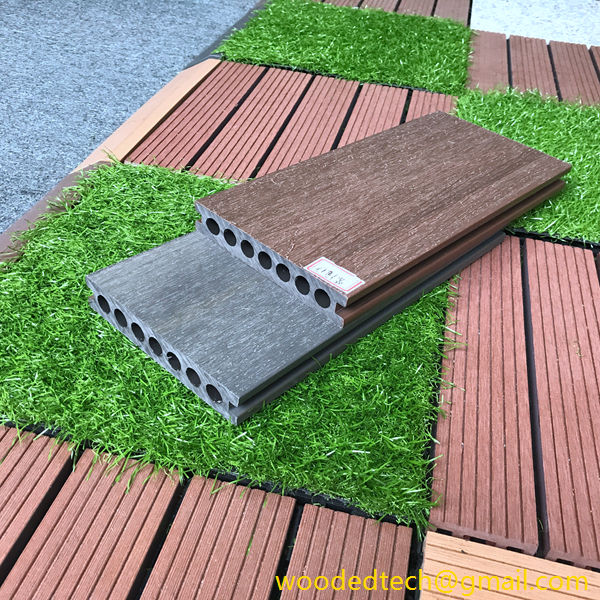What to Consider When Choosing Composite Wall Cladding for Your Home
When it comes to enhancing the exterior of your home, one of the most significant decisions you will face is the selection of composite wall cladding. This choice not only affects the aesthetics of your property but also impacts its durability, insulation, and maintenance requirements. To make an informed decision, it is essential to consider various factors related to the materials and production processes involved in composite wall cladding.
First and foremost, understanding the composition of composite materials is crucial. Composite wall cladding typically combines two or more materials to create a product that benefits from the strengths of each component. Common materials used in composites include wood fibers, plastic, and minerals. Each of these materials contributes different properties, such as weather resistance, thermal insulation, and aesthetic appeal. When choosing composite wall cladding, consider what type of composite best suits your environmental conditions and personal preferences.
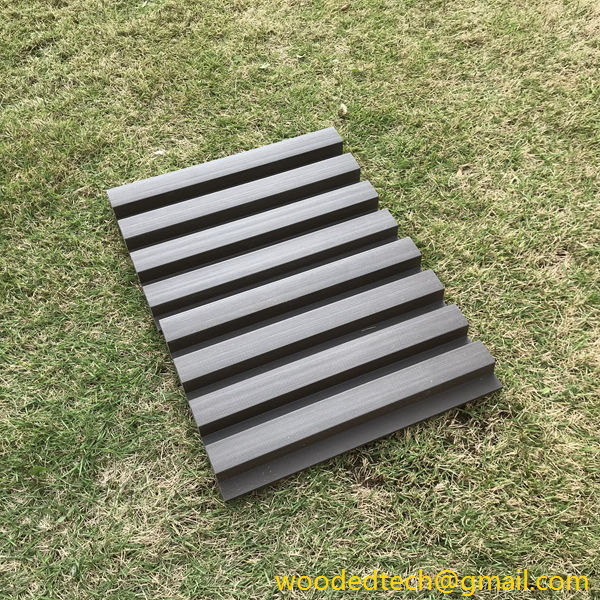
Another important factor to evaluate is the production process of the cladding. The manufacturing methods used can significantly influence the cladding’s performance characteristics. For instance, some composite cladding products are manufactured using extrusion techniques, which create a continuous profile that is highly uniform and durable. Others may use a process called compression molding, which can produce intricate designs and shapes but might result in variations in density and strength. Understanding these processes can help you select a product that aligns with your expectations for quality and longevity.
Durability is a key consideration when selecting composite wall cladding. The environmental conditions in your area, including exposure to moisture, UV radiation, and temperature fluctuations, can all affect the lifespan of the cladding material. High-quality composite materials are engineered to resist decay, warping, and fading, which makes them suitable for various climates. Researching the manufacturer’s claims regarding durability and warranty coverage can provide insights into how well a particular product will perform over time.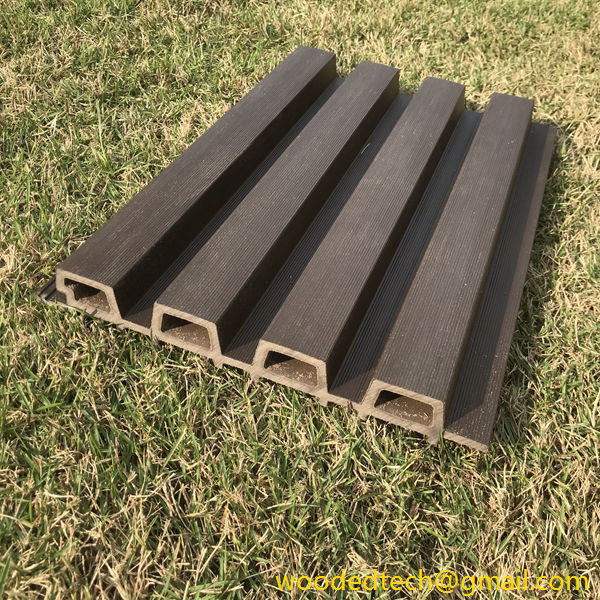
Another aspect to consider is the insulation properties of the composite wall cladding. Insulation is vital for energy efficiency and comfort within your home. Some composite materials offer superior thermal insulation compared to traditional materials like wood or metal. When evaluating options, look for products with high R-values, which measure thermal resistance. This consideration can lead to significant energy savings in heating and cooling, ultimately enhancing your home’s overall comfort and reducing utility costs.

Maintenance requirements are also a crucial factor in your decision-making process. While composite cladding is often designed to be low maintenance, it is still essential to understand the care it requires. Some products may need periodic cleaning to maintain their appearance, while others may require occasional repainting or sealing. It’s beneficial to choose a composite cladding that fits your lifestyle and willingness to perform maintenance tasks. Additionally, consider the long-term costs associated with maintenance when comparing different products.
Aesthetics play a vital role in the selection of composite wall cladding as well. The variety of textures, colors, and finishes available can dramatically influence the look of your home. Many manufacturers offer customizable options, allowing you to choose a design that complements your architectural style. When selecting a finish, consider how it will blend with other materials used in your home’s exterior, such as roofing and windows. A cohesive design will enhance curb appeal and increase the value of your property.
Sustainability is becoming increasingly important in material selection, and composite wall cladding is no exception. Many manufacturers are now focusing on producing eco-friendly products that utilize recycled materials and sustainable production practices. When choosing composite cladding, investigate the environmental impact of the materials used and the manufacturing process. Selecting sustainable options not only benefits the environment but can also be a selling point for potential buyers in the future.
Lastly, budget is an unavoidable consideration in any home improvement project. Composite wall cladding can vary significantly in price based on the materials used and the complexity of the manufacturing process. While it may be tempting to choose the least expensive option, remember that investing in higher-quality products can lead to long-term savings through reduced maintenance and replacement costs. It is wise to compare the total cost of ownership, including installation and maintenance, rather than focusing solely on the initial purchase price.
In conclusion, selecting composite wall cladding for your home involves numerous considerations related to materials and production processes. By carefully evaluating factors such as composition, production methods, durability, insulation, maintenance, aesthetics, sustainability, and budget, you can make an informed choice that enhances both the beauty and functionality of your home. Taking the time to research and understand these aspects will ensure that you choose a composite wall cladding that meets your needs and stands the test of time.

